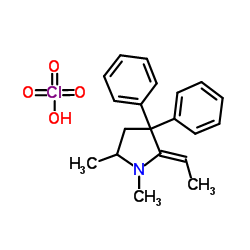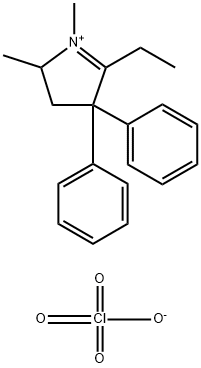| Structure | Name/CAS No. | Articles |
|---|---|---|
 |
eddp perchlorate
CAS:66729-78-0 |
|
 |
Methadone metabolite
CAS:31161-17-8 |